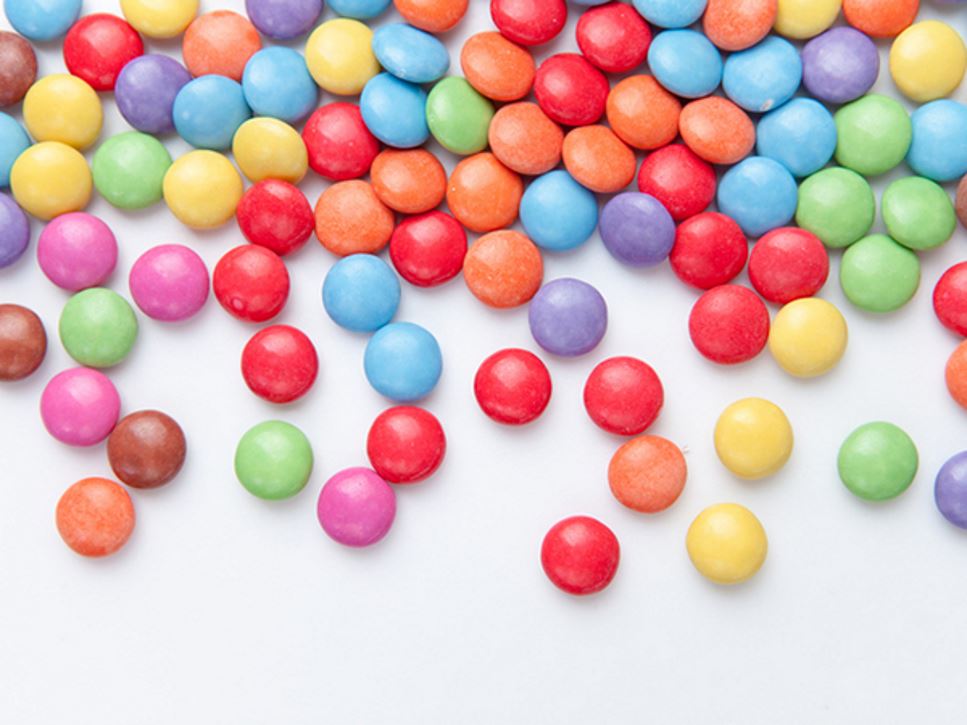To entice consumers into buying their products, food manufacturers sometimes use color additives to enhance colors or make food more appealing to eat. But do food colors do more than color food? One commonly held belief is that synthetic food dyes cause behavioral problems in children or add to the problems associated with attention deficit hyperactivity disorder (ADHD). However, the research on this topic has been inadequate and inconsistent.
What is Food Coloring?
Food coloring additives include both synthetic food dyes and natural food colors, like those from plants. Both types are regulated by the U.S. Food and Drug Administration (FDA). The approval process considers factors such as the properties of that ingredient, the amount likely to be consumed, possible health effects that could result immediately or in the future and other safety concerns. The FDA also specifies the products that additives are allowed to be used in, maximum amounts that are permitted and how they are identified on the packaging.
Food Dyes, Added Sugar and ADHD
The link between food dyes and hyperactivity became a popular theory in the 1970s. Since then, a few studies have suggested that a subset of children may benefit from avoiding food dyes. However, much of the research on this topic is older and has been inconsistent. Alternatively, newer research suggests limiting sugar and saturated fat, while focusing on consuming fruits and vegetables, may be beneficial in managing hyperactivity.
Food dyes are often used in foods and beverages, such as candies, snacks and soft drinks. These products may also be sources of added sugars. Finding ways to reduce added sugars might also help with reducing food dyes in your child’s diet, if that is a concern. Reviewing the Nutrition Facts label can help parents identify sources of important nutrients. It can also help with the identification of synthetic food dyes, since they are required to be listed as an ingredient.
Children need a variety of healthy foods and the nutrients they provide for proper growth and development. Talk with your child's pediatrician or consult a registered dietitian nutritionist (RDN) before trying an elimination diet. When nutritious foods are restricted unnecessarily, this could lead to an imbalance of important nutrients. RDNs have the ability to analyze a child's overall eating pattern, identify any nutrients that may be lacking (or would be lacking if certain foods were restricted), and offer healthy substitutions based on the child’s food preferences. They also can provide suggestions for meal planning and help with label reading.
References
Find a Nutrition Expert
Looking for credible nutrition information and recommendations? The Academy of Nutrition and Dietetics' network of credentialed food and nutrition practitioners are ready to help!

